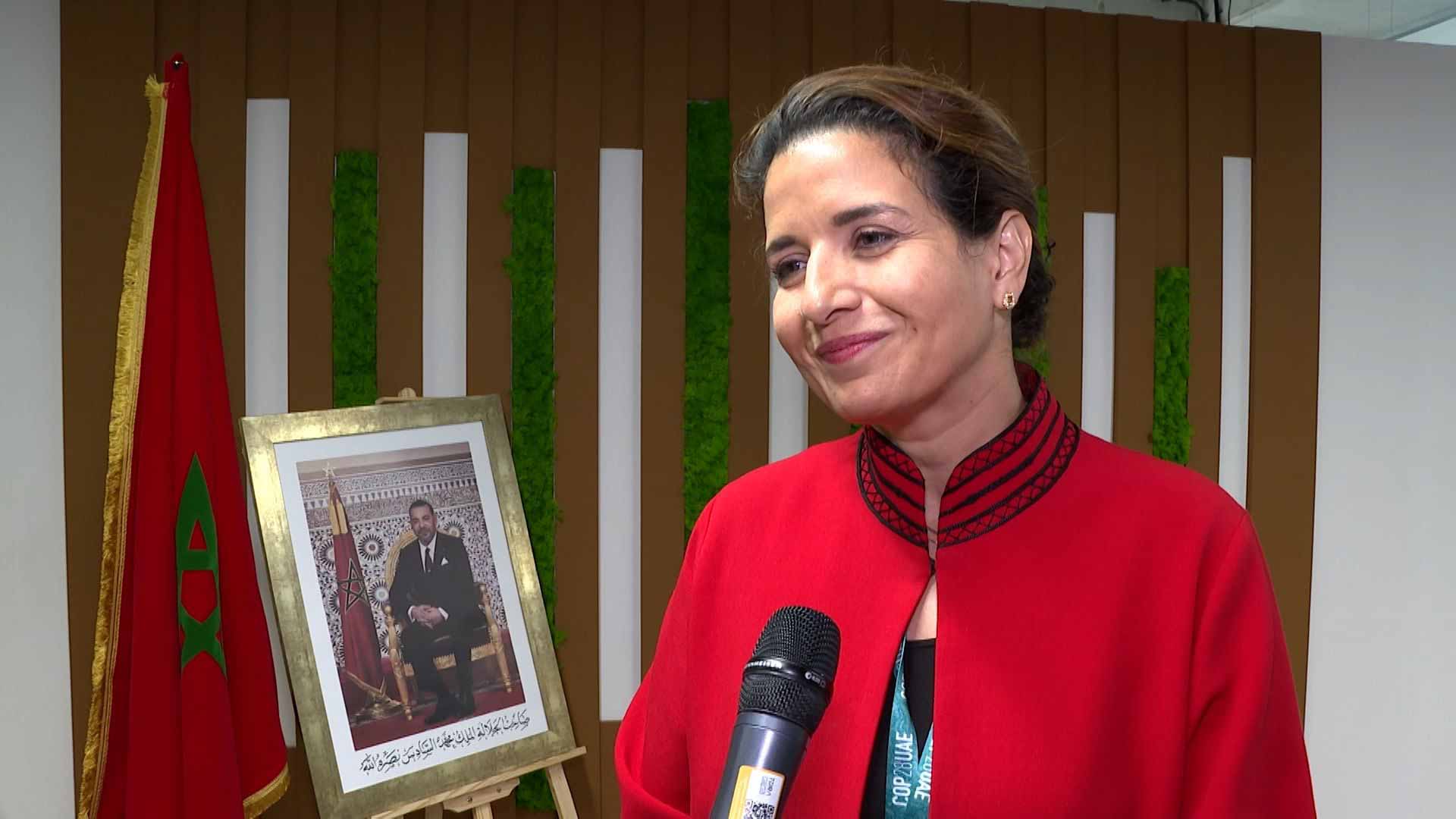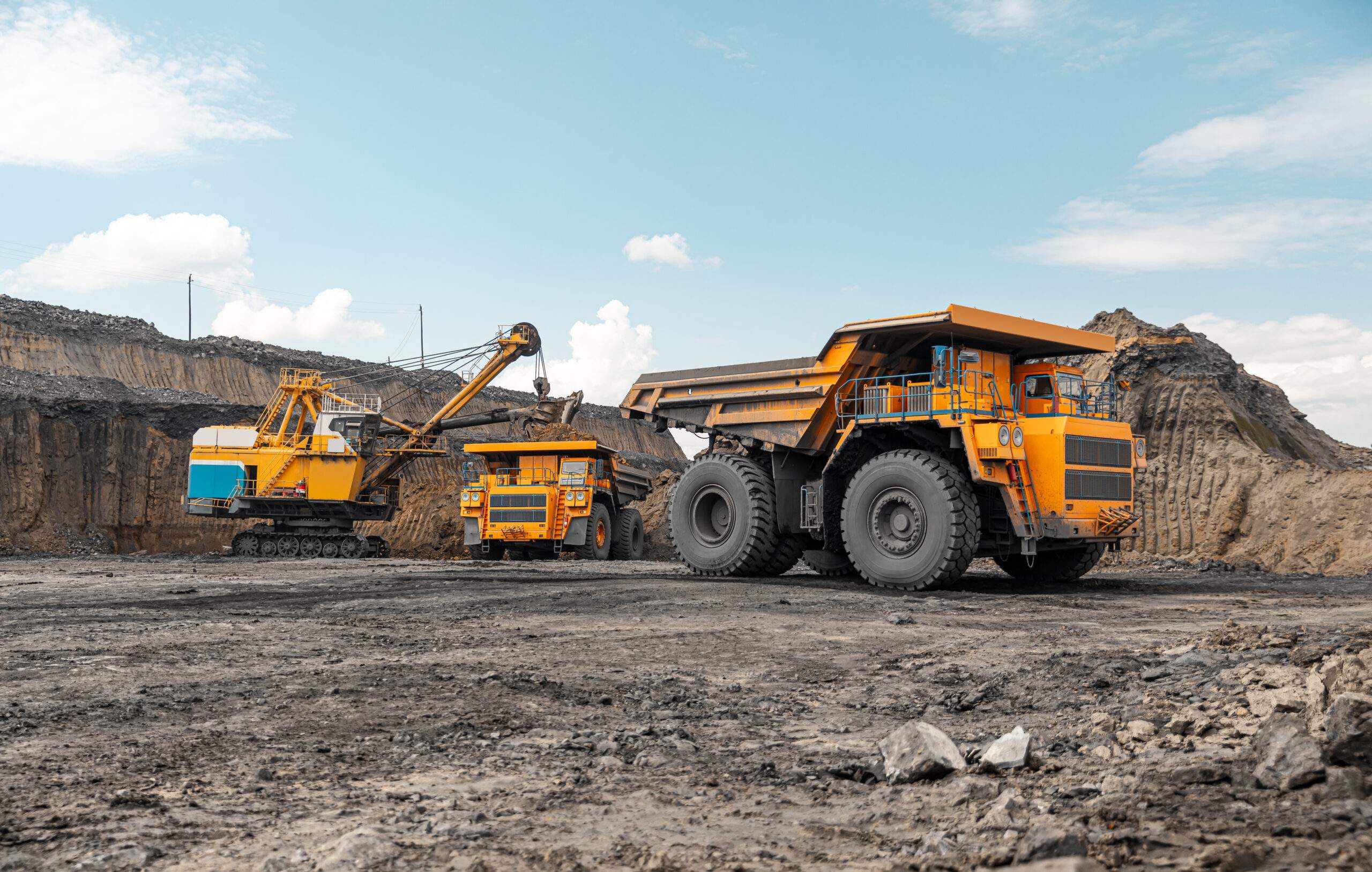Five ‘good practices’ for integrating ESG in mining
Contrary to popular perception, the mining industry has been responding to what we like to call “ESG” concerns since the environmental movements of the 1970s. Even the acronym “ESG” (environmental, social and governance) is not new and was first popularized in the 2004 report titled “Who Cares Wins,” a joint initiative of financial institutions at the invitation of the United Nations.
Recently these three simple letters have morphed into shorthand attracting hype and controversy. To be crystal clear, from a mining perspective, ESG has no relevance to any political affiliation. At the root of the ongoing politicization of ESG has been the confusion between ESG integration and impact investing. For those in the mining industry, ESG is neither about just avoiding risks nor compromising financial returns or being a trade-off on profitability. Nor should it be considered an after-thought public relations add-on ‘check-the-box’ exercise. Whatever we choose to call it, ESG remains a fiduciary responsibility and vital risk management approach for us in the mining industry.
‘Good practices’
ESG issues are certainly not static in our industry. They change and evolve with time and geography. Some issues may be long-term, others short-term, and not every ESG topic is relevant to every mine site or company. This makes it impossible to define one set of “best practices” for the industry; rather, there are a variety of constantly evolving “good practices.”
In 2001, the International Council on Mining and Metals (ICMM) was founded to improve sustainable development performance in the industry and share good practices, and for over two decades, the industry has demonstrated the will to constantly improve as society’s standards grow ever more stringent. Since then, there has been a parallel proliferation of ESG performance standards and reporting frameworks from respected industry groups, such as the ICMM, Mining Association of Canada (MAC) and the World Gold Council (WGC) as well as supplier-led initiatives like the Copper Mark, and third-party resources like the Initiative for Responsible Mining Assurance (IRMA) or the Responsible Mining Initiative (RMI), to name but a few.
Despite their good intentions, this proliferation has caused and continues to create confusion and frustration (and supports a lucrative ESG assurance industry). Those on-site trying to understand what is relevant to their stakeholders and what will actually help drive improved ESG performance — without causing assurance audit fatigue — feel this most acutely.
While our industry is making important progress toward ESG goals, there remains plenty of room for improvement, and investors want to distinguish between true impact and value creation, versus vanity metrics. Many in both the mining and investor communities believe we are witnessing a true industry transformation, with the ESG performance bar continuously being raised.
Ill-conceived ESG approaches
However, not all mining companies fully appreciate that in today’s world, providing glossy annual ESG reports and paying lip service to ESG ideals is simply not enough. Glowing ESG ratings and annual reports are not the end goal. ESG ratings at best provide a blunt analytical “opinion,” often obscuring as much as they reveal. Such shortcomings really matter as mining companies are being peer-pressured to rush into ill-conceived ESG approaches that neither address their specific impacts, risks and opportunities nor support investor decision-making.
Investors and the public alike are also becoming increasingly tuned in to evidence of “greenwashing” — the practice of consciously or unconsciously communicating misleading statements; making unsubstantiated claims; or obfuscating information pertaining to the ESG characteristics of a business and its products.
Realistically, companies should instead assess their own ESG materiality with greater clarity around what truly matters to them, and then develop a set of policies and minimum operating standards based on the accepted “good practices” — but tailored to their unique situations. Here are five good practices to consider when integrating ESG in mining:
1. On-the-ground expertise
Successful ESG is hands-on, not academic. It can’t be unilaterally driven from a corporate office as it must “bring the outside in” to be able to navigate the complexity and dynamism of ESG and understand what pragmatic good practices are. Beginning with the earliest exploration stages and continuing well past mine closure, employees with cross-cultural competencies should be on site and working directly with local communities, including Indigenous peoples, to create consistent, respectful, and open communication.
2. Governance
While the “G” of ESG is sometimes overlooked in favour of social and environmental considerations, sound governance holds it all together. Remember ESG affects virtually every function and discipline in a mining company. Miners must establish strong governance with clear lines of accountability and ownership; meaningful ESG metrics and analytics to quantify impact; and internal processes that prioritize, integrate, and address the needs and goals of all internal and external stakeholders, from local communities to shareholders.
3. Transparency
Despite what some consultants may insinuate, the “S” in ESG does not stand for “story.” Accurate and balanced disclosure around ESG approaches and performance can help burnish reputations while withholding it could potentially harm valuations, access to capital, or brand reputation with a variety of important stakeholders. It would be a mistake to expect that every aspect of every ESG intervention or initiative will succeed. Even with high levels of expertise and the best of intentions, there are simply too many variables in any situation to guarantee specific outcomes. It’s about testing and learning while acknowledging that transparency is the new normal. To build reputational value, companies need to own their own narrative, be willing to acknowledge and address sub-optimal outcomes openly and transparently, and share their lessons learned.
4. Net Value
Authentic ESG goes beyond legal compliance and adhering to regulations; it’s not enough to simply “do no harm” and check the box. Legal compliance is the floor, not the ceiling. It’s also important that companies avoid “defensive sustainability” — that is, focusing primarily on monitoring negative impacts and doing “less bad” while failing to create value. Companies need to mature from a legalistic compliance mindset to a values-driven one. They need to ensure the systematic application of ESG disciplines to proactively seek opportunities to create enduring value throughout the business. They need to support their operations to have a positive net impact on the local environment and community while actively contributing to a “just” net zero transition.
5. Accountability
“Social licence to operate” refers to the tacit “licence” sought by mining companies around the world. A company builds and maintains a social licence over time through meaningful local relationships and being a steward of the environment, its employees, and the community in which it operates — in short, by being accountable for its actions. However, too many in the industry fail to recognize the difference between a social licence and social performance. The former is about the benefit to the company only and its desire to secure community acceptance, whereas the latter is about the benefit to communities and creating societal value through equitable benefit sharing and maximizing local procurement and local employment. The companies that successfully integrate ESG understand this important difference and commit to upholding high standards of accountability and integrity towards both, potentially reducing the real costs of doing business.
Most importantly, companies—and investors—need to understand that “hands-on” ESG and mining experience is critical to sustained success. ESG cannot be directed from a satellite unit responsible for creating reports, delegated to “armchair experts,” or analyzed on paper. It needs to be built from the ground up on actual mine sites. When all is said and done, ESG is fundamentally about understanding how a business interacts with the rest of the world. It is about operating as a good corporate citizen that implements positive environmental, social, and governance changes, that is accountable for its actions, and is transparent about its mistakes.
Kevin D’Souza is the Chief Sustainability Officer with Resource Capital Funds (www.resourcecapitalfunds.com). He is a global mining ESG executive and professional with over 30 years of direct experience in over 50 countries. Portions of the article were previously published.
Share this content:














